What’s the Difference: Biodegradable and Compostable?
The terms “biodegradable” and “compostable” are everywhere, but they’re often used interchangeably, incorrectly, or misleadingly – adding a layer of uncertainty for anyone trying to shop sustainably. In order to try and clear up confusion, this article will aim to explain the key differences between the two and the guide as to what you should be doing.
Biodegradable
A material can be claimed to be biodegradable if it is transformed into CO2, water and biomass by micro-organisms within a defined period of time under certain temperature and environmental conditions (compost/soil/water).
Compostable
A finished product is considered compostable if, when made of biodegradable materials, it disintegrates within a specified time in that environment without ecotoxic effects on it. Compostable products have undergone strict testing to ensure that they break down within a specific time frame and do not release anything harmful into the environment.
Biodegradable products have no such requirements, meaning that they may not be as beneficial as they first appear.
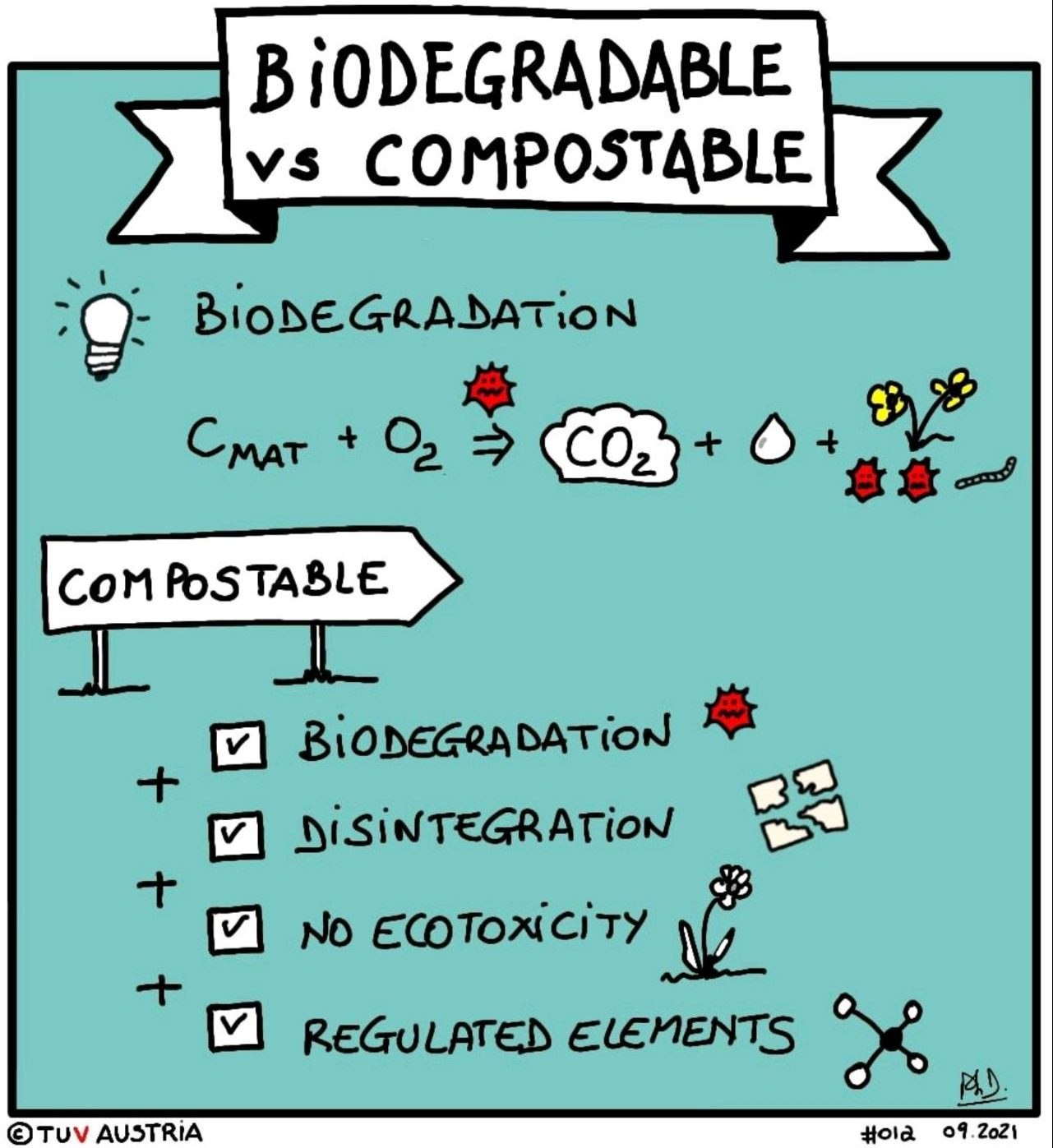
What can be considered biodegradable?
According to Oxford’s definition, a biodegradable substance or object is capable of being decomposed by bacteria or other living organisms, thereby avoiding pollution. It should be noted that biodegradable substances or objects can still leave behind microplastics and toxins unless those toxins are specifically broken down.
The biodegradation of materials is influenced by various environmental parameters and, given sufficient time, nearly every material can biodegrade. Petroleum-based bioplastics and PLA are examples of biodegradable plastics.

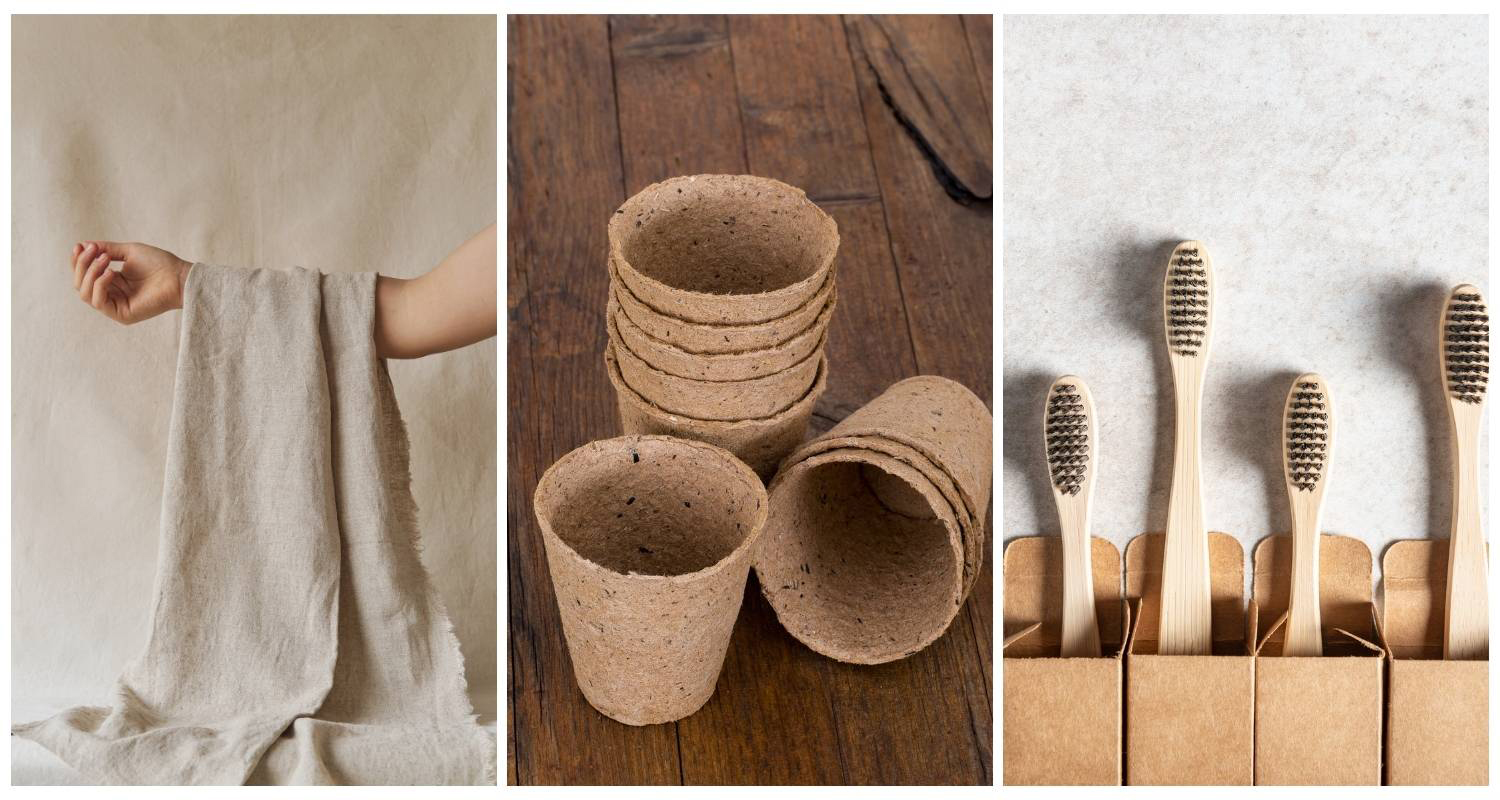
What can be considered compostable?
In order to meet the criteria of compostability, materials must conform to several international standards for biodegradation in an industrial composting setting. Compostable materials undergo disintegration within a span of 12 weeks.
Examples of compostable items include food scraps, yard waste, paper towels and napkins, tea bags and coffee grounds, as well as 100% paper plates – essentially anything that can be transformed into compost.
So, What’s The Difference?
Looking at the definitions of both terms it’s pretty understandable why they are so easily confused but there’s a difference. While all compostable material is biodegradable, not all biodegradable material is compostable. Although biodegradable materials return to nature and can disappear completely they sometimes leave behind metal residue, on the other hand, compostable materials create something called humus that is full of nutrients and great for plants.
In summary, compostable products are biodegradable, but with an added benefit. That is, when they break down, they release valuable nutrients into the soil, aiding the growth of trees and plants.
While all compostable material is biodegradable, not all biodegradable material is compostable.
Why is knowing the difference so important?
While biodegradable items refer to just any material which breaks down and decomposes in the environment, compostable goods are specifically organic matter which breaks down, the end product having many beneficial uses which include fertilizing and improving soil health. Most importantly, compostable items don’t leave toxic residue behind because it’s already organic.
Unlike compostable, certain biodegradable products can take several years to break down and, in some cases, even leave toxic waste behind. Plant based plastics for instance are often labelled as biodegradable.
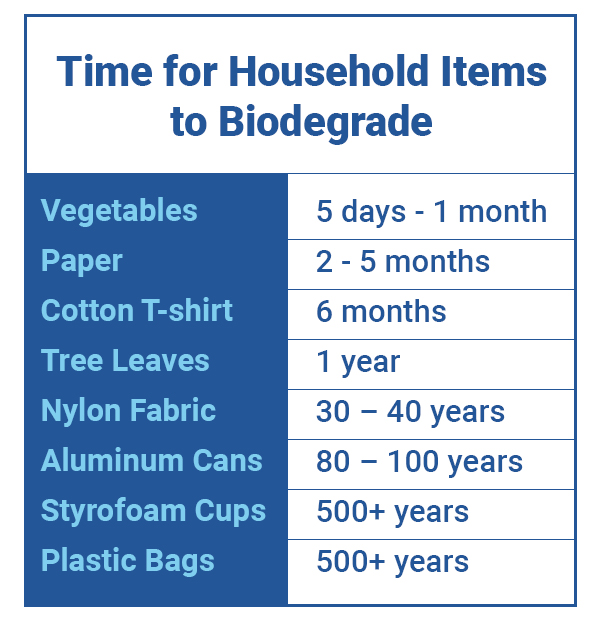
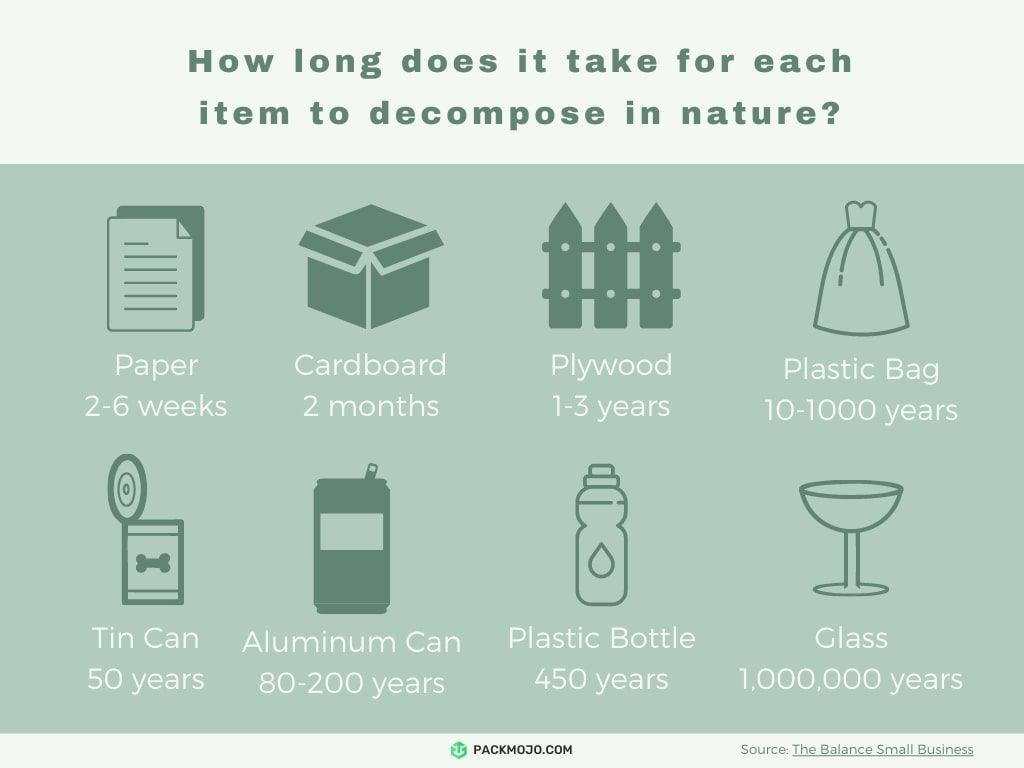
While they are meant to break down more easily than regular plastic and be safer for the environment, if the right environmental factors are not present, it might take just as long as regular plastics. When looking at different products and materials, due to different raw materials and processes, biodegradation can happen within a few days to over five centuries.
How long something takes to biodegrade depends on both the chemical composition of the object and the way that it’s stored. Variables like temperature and the presence of water, light, and oxygen affect the speed of degradation. Most landfills have so little light, air, and moisture that the biodegradation process is significantly slowed.
What certifications are available?
There are various certifications available to indicate the biodegradability and compostability of materials. Here are a few commonly recognised certifications for composting:
BS EN 13432
This certification is based on the British and European standard for compostability. It ensures that a product will completely biodegrade in a composting environment, leaving behind no harmful residues. It also sets requirements for disintegration, ecotoxicity, and the composting process
OK Compost
The OK Compost certification, provided by TÜV Austria, is a widely recognised label for compostable products. It guarantees that a product meets the requirements of industrial composting, including biodegradability and absence of negative effects on the composting process.
ISO 17088
This certification provides international guidelines for assessing the biodegradability of plastics in soil. It ensures that the material will undergo significant biodegradation under realistic conditions
Seedling Logo
The Seedling logo, awarded by European Bioplastics, signifies that a product meets the EN 13432 standard for compostability. It assures consumers that the product is compostable and will biodegrade in a composting facility
BPI Compostable
The Biodegradable Products Institute (BPI) certification is widely accepted in North America and is gaining recognition in the UK. It verifies that a product is compostable according to the appropriate standards. The certification ensures that the product will break down completely and safely in a composting environment
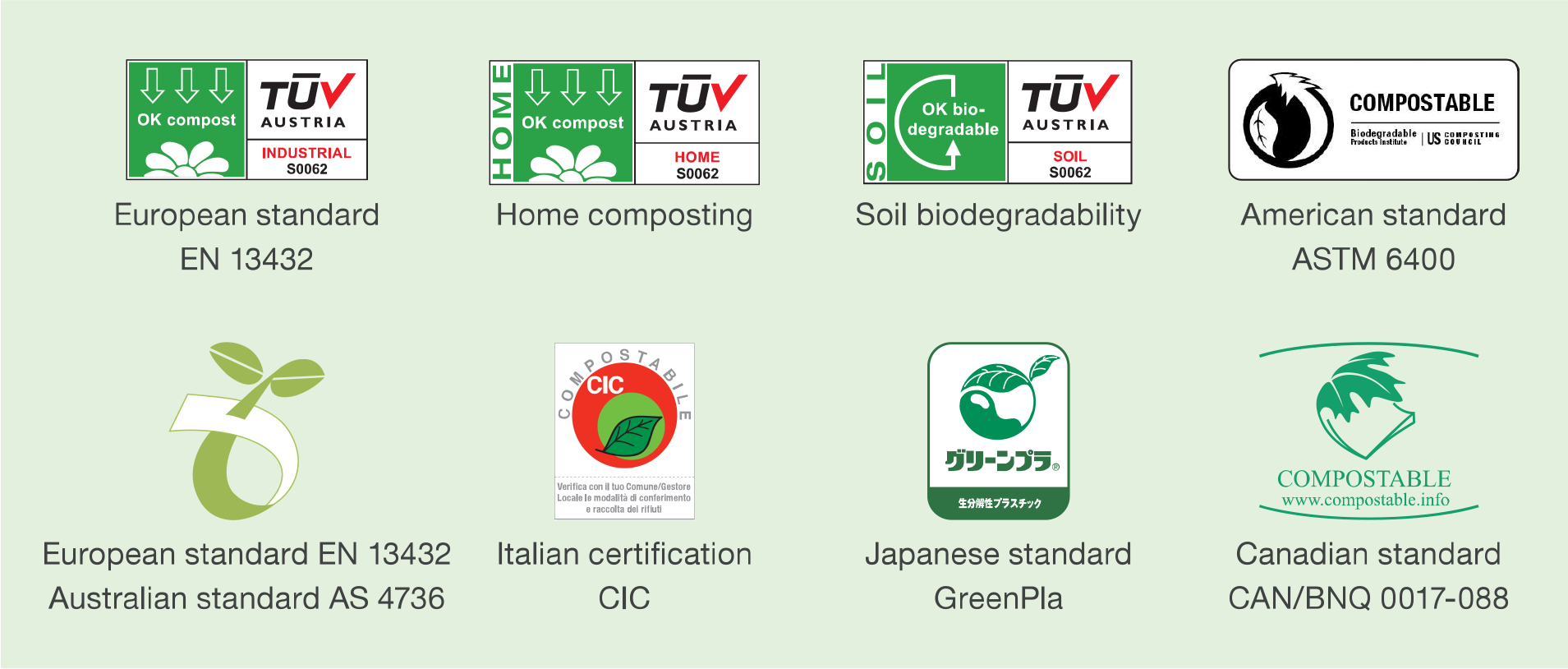
Choosing Biodegradable vs. Compostable Products
If you’re trying to reduce your environmental impact, compostable items are a good option. That said, compostable products require certain conditions to break down, so it’s important to commit to actually composting those items, rather than sending them to a landfill. Also, if an item is identified as commercially compostable, make sure you have access to a facility that can handle the waste.
Bioplastics are in some ways an improvement over conventional plastics, but they can still have a negative impact on the environment if they’re disposed of improperly. As always, the best option is to reduce your consumption, reuse what you already have, and avoid single-use products as much as possible.



